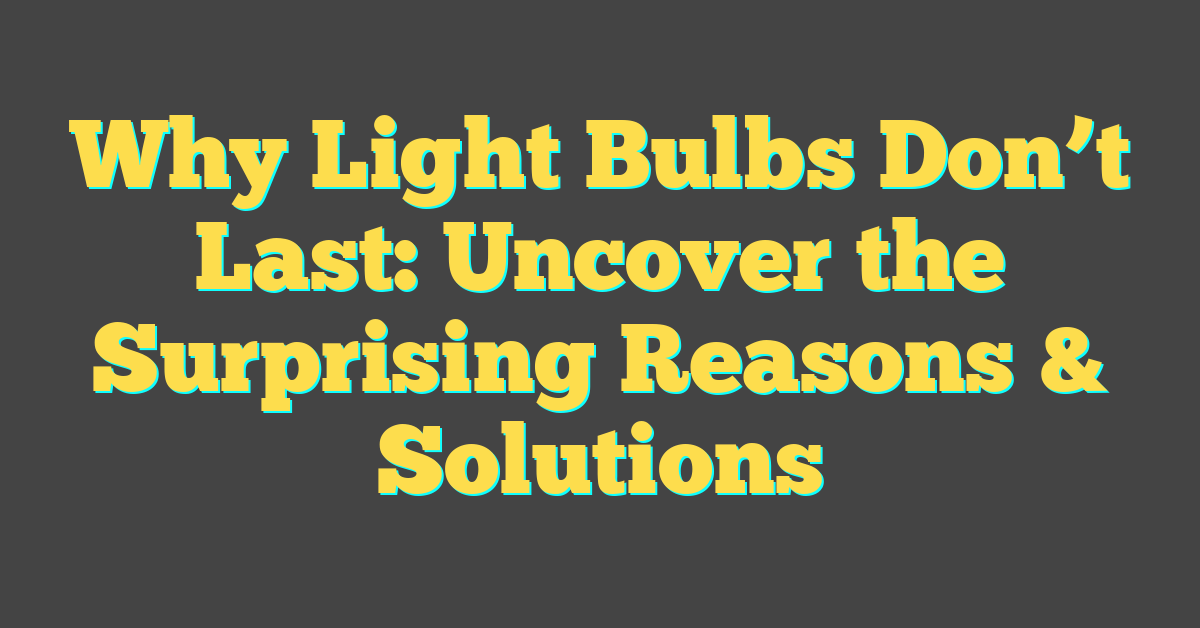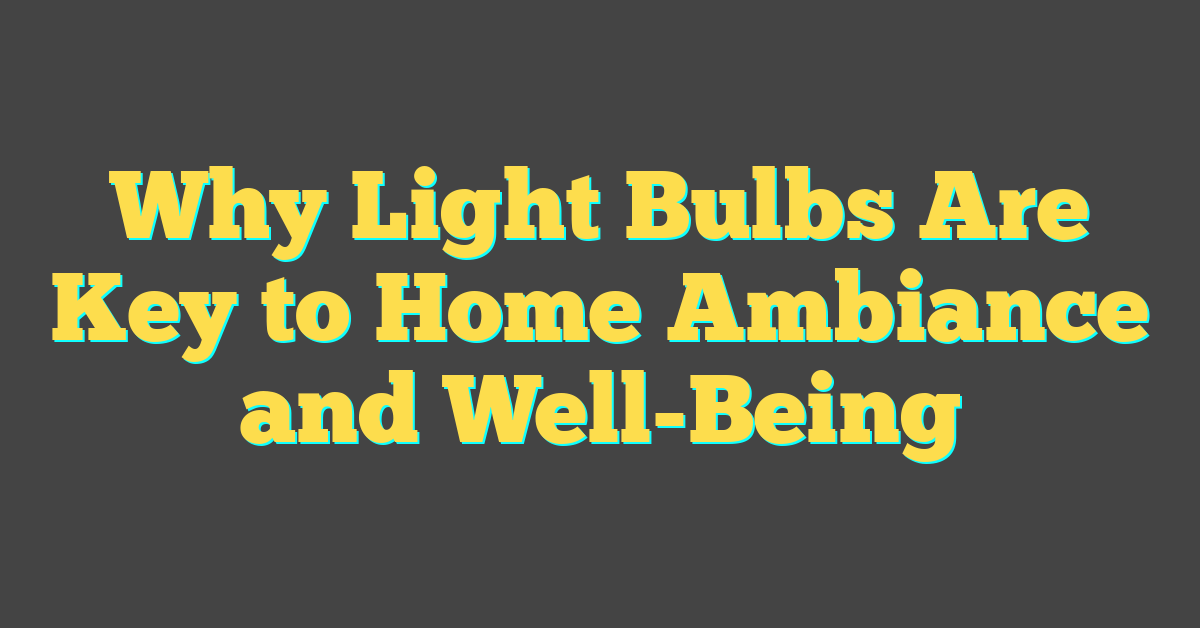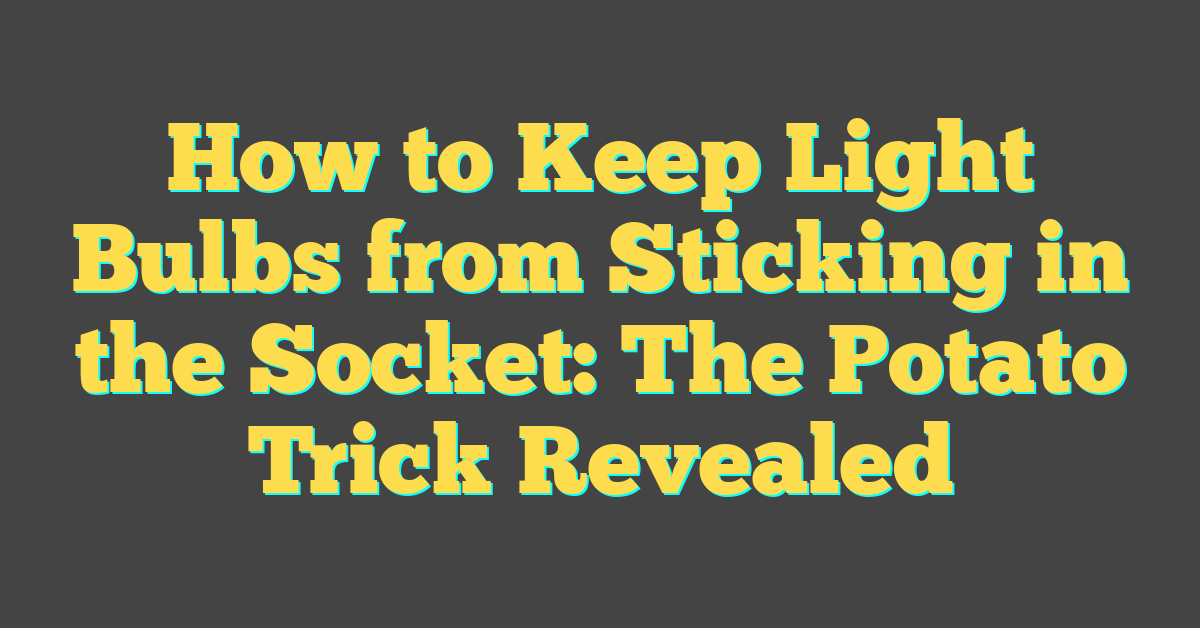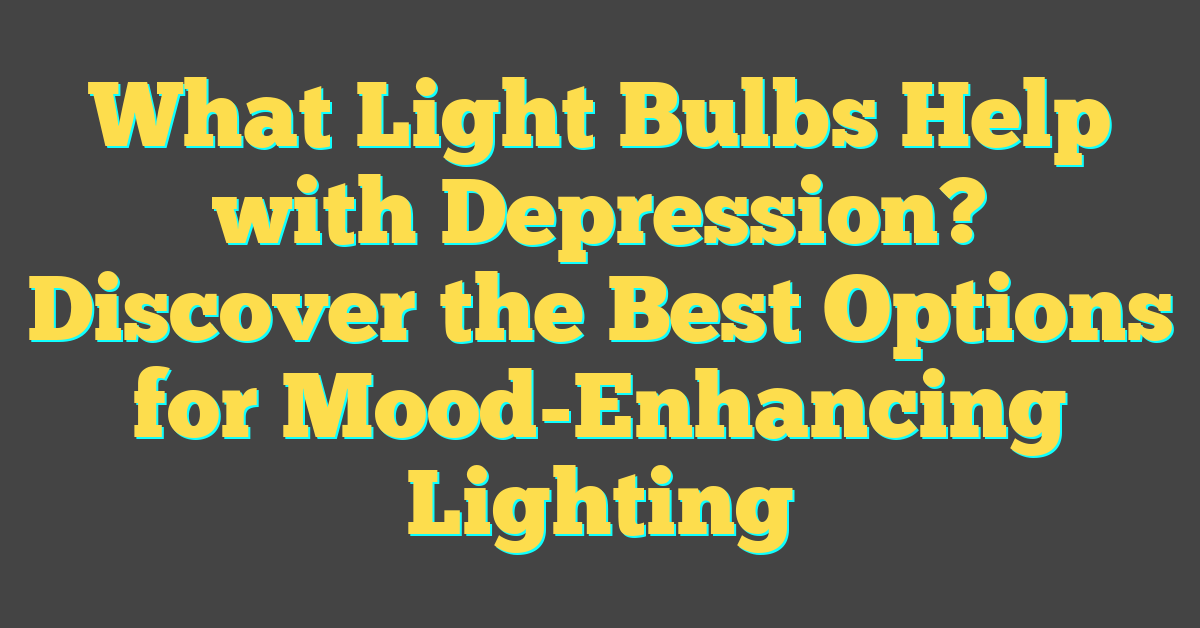Ever wondered if the light bulbs flickering above your head could be more than just illuminators? With the world lit up 24/7, it’s natural to question if this artificial brightness is easy on your eyes. After all, you’re not just seeing the light; you’re feeling it too.
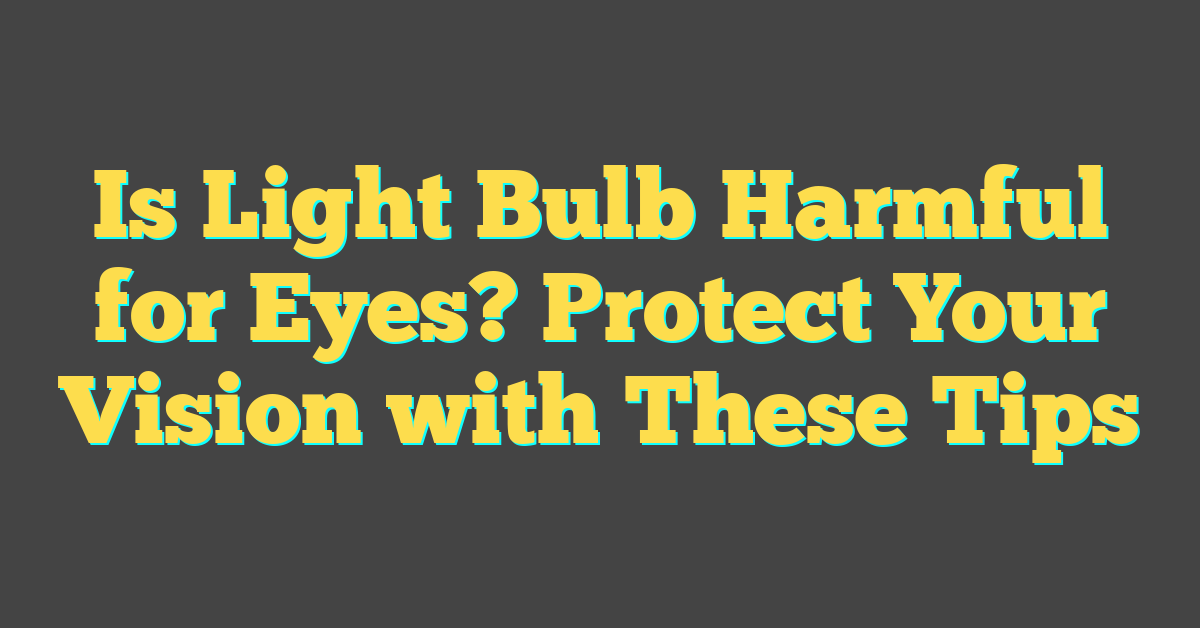
While you bask in the glow of your cozy lamp, there might be a hidden side to this story. You’ve heard whispers about blue light and eye strain, but is there truth to the tales? Let’s shed some light on the matter and find out what’s really going on with those bulbs.
What is blue light?
When you flip that light switch or unlock your phone, you’re most likely exposing your eyes to a bit of blue light. Blue light is a color in the visible light spectrum that can be seen by the human eye. It has a short wavelength, which means it produces higher amounts of energy. Sure, blue light is everywhere – with the biggest source being sunlight – but you also get a substantial dose from, yes, those LED light bulbs and your digital screens.
Understanding blue light is key to knowing how it might affect your eye health. Let’s break it down: light bulbs, especially energy-efficient LEDs and compact fluorescents (CFLs), emit a noticeable amount of blue light. While they’re helping you save energy, they also have this cooler color temperature that can be quite stark compared to the warm, yellowish glow of traditional incandescent bulbs. And as for your favorite gadgets and gizmos? Their screens emit significant amounts of blue light, which can reach the back of your retina.
Here’s a snippet of what blue light rays can do:
- Interfere with Sleep Cycles: Blue light messes with your internal clock or circadian rhythm. It halts the secretion of melatonin, the hormone that makes you sleepy.
- Eye Strain: Exposure to high levels of blue light can increase the occurrence of digital eye strain. You know that feeling after a long day of staring at screens where your eyes feel dry and fatigued? That’s what you’re looking at.
- Potential Retinal Damage: Some researchers suggest that over time, exposure to blue light could cause damage to the retina, which might lead to conditions like macular degeneration.
As a lighting enthusiast, you’re all about maintaining optimal lighting conditions for both comfort and eye health. Whether you’re tinkering in your garage or drawing plans for your next home DIY project, it’s smart to understand how your light sources may affect your vision. Here are tips to minimize blue light exposure at home:
- Opt for bulbs with warmer color temperatures for evening use.
- Use dimmer switches to reduce light intensity.
- Incorporate task lighting to focus where light is actually needed, rather than relying solely on overhead lights.
- Explore blue-light-blocking coatings for your glasses or install apps on devices that minimize blue light emissions.
The effects of blue light on the eyes
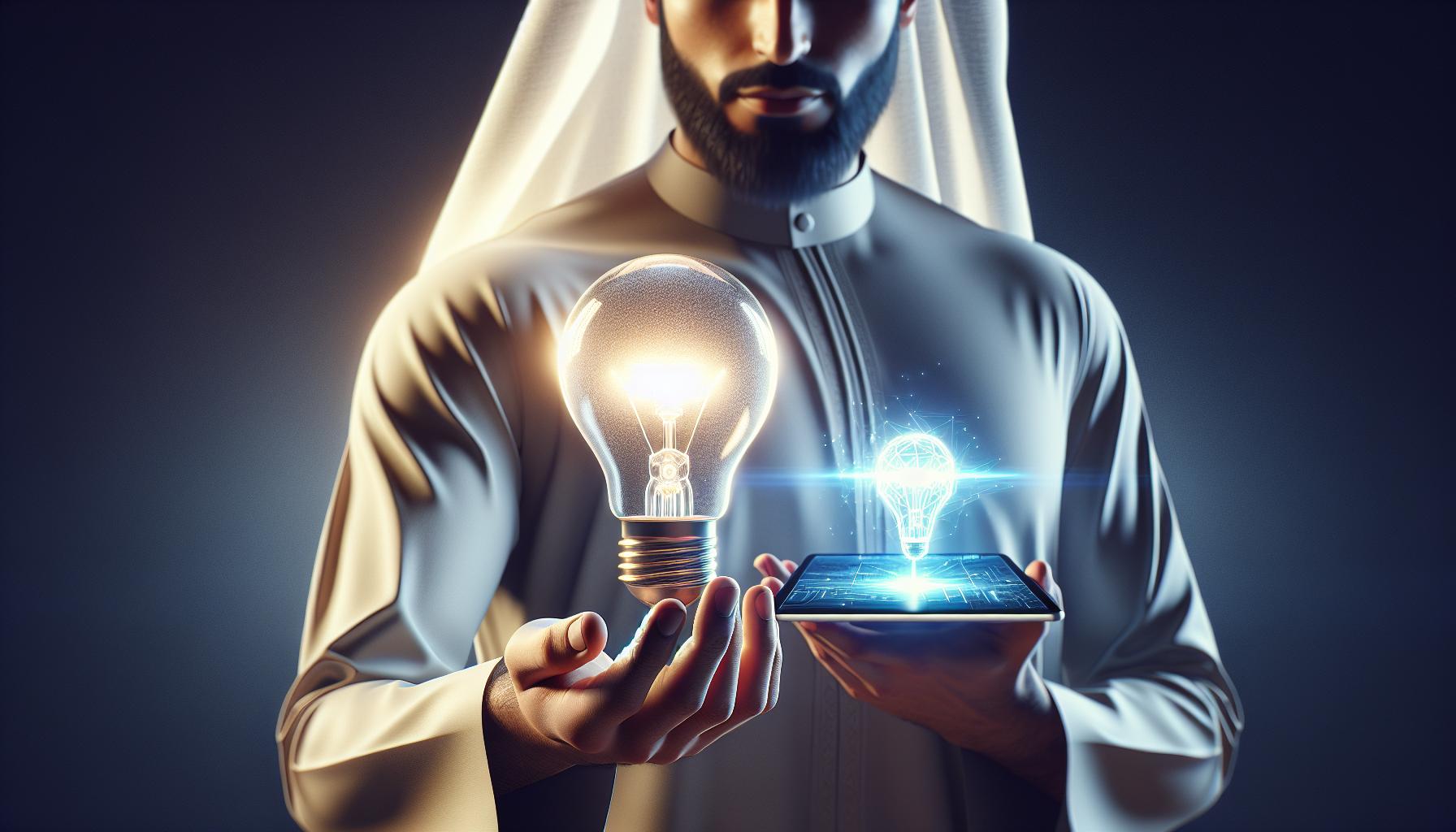
When you’re tackling your next home DIY project, lighting is always a key factor. As you choose the perfect light bulbs to illuminate your space, it’s vital to consider their impact on your eyes. Blue light, part of the visible light spectrum, is omnipresent in many lighting choices you make, from the glow of LED bulbs to the bright screens of your gadgets.
LEDs and compact fluorescents have revolutionized energy efficiency in lighting. But it’s the blue light emission from these modern marvels that requires a closer look. Blue light holds the shortest wavelength and the highest energy within the visible spectrum, thus it carries the potential to be more disruptive than its less energetic peers.
Have you ever experienced eye strain or had trouble winding down after a night of binge-watching your favorite series? This could be a direct result of exposure to blue light affecting your circadian rhythm or ‘sleep/wake cycle’. The intrusion of blue light particularly after sunset, can signal to your brain that it’s still daytime, leading to difficulty in falling asleep.
Aside from sleep disturbances, prolonged exposure can contribute to what’s known as digital eye strain. Symptoms like sore, itchy, or tired eyes may become your unwanted DIY project after hours in unnatural lighting. While your eyes are equipped with some defenses against various light sources, the sheer amount of time spent with artificial lighting can override these protective measures.
Blue light from digital screens and energy-efficient bulbs might challenge the eye’s interior structure, potentially risking retinal damage. Staring at a bright screen without sufficient breaks or protective measures can accelerate the likelihood of such issues.
Adopting good lighting habits is akin to wearing the right safety gear during your home projects. You protect your hands with gloves and your feet with sturdy boots, so protecting your eyes from excessive blue light should be no different. Balance is key—enjoy the benefits of your tech-savvy bulbs and devices while being mindful of their potential to disrupt your ocular health.
Let’s illuminate your understanding further by delving into the practical ways to manage and mitigate blue light exposure in your daily routine. Keep your eyes peeled for these insights in the next section.
Can light bulbs harm your eyes?
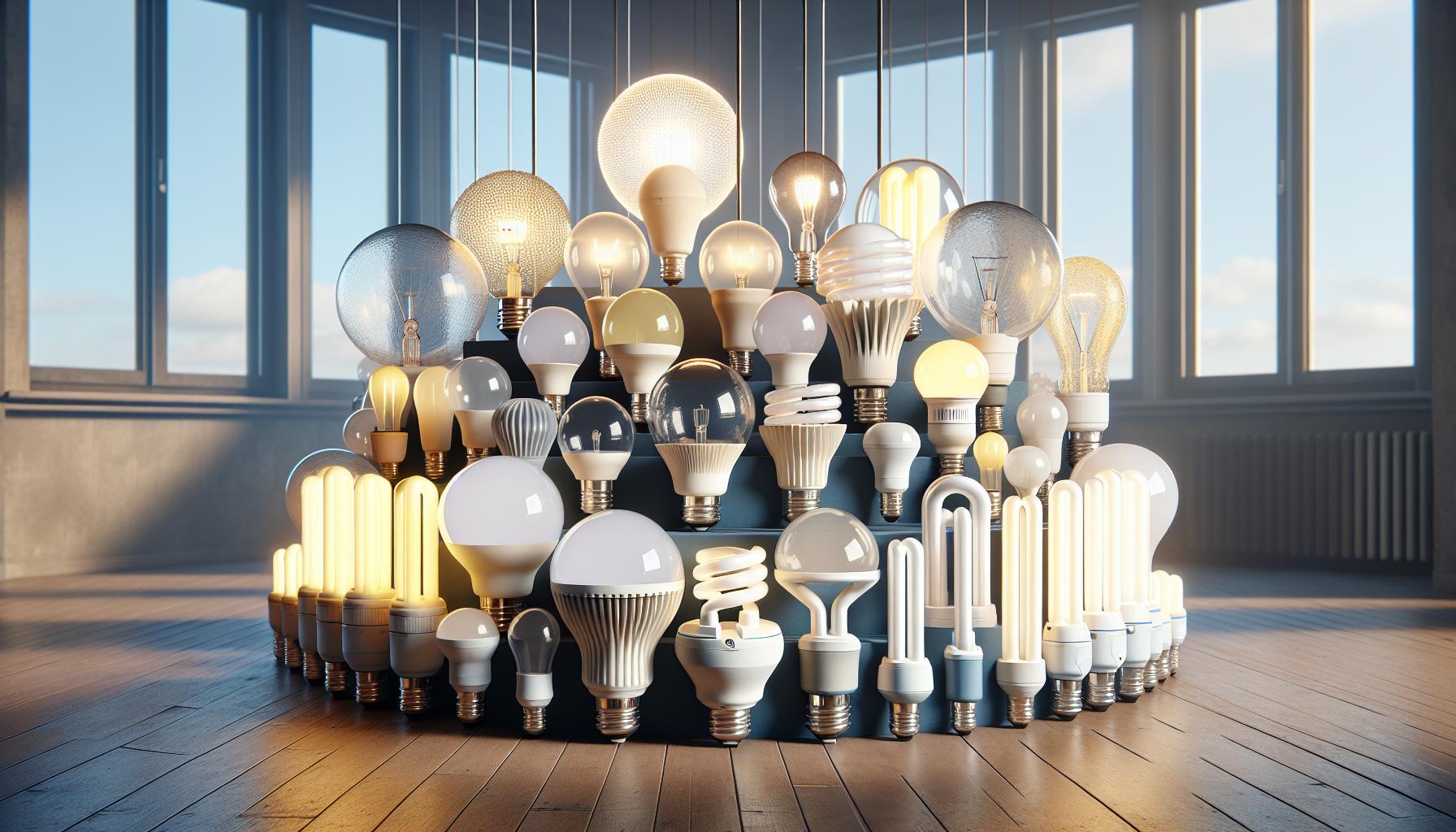
« What Is the Best Light Bulb for a Garage Door Opener? Brightness Tips & Picks
How Much Does Fluorescent Light Bulbs Produce? Unlocking Lumens & Efficiency »
Imagine spending a cozy evening at home, your favorite reading nook perfectly illuminated. Now, consider how the light bulb overhead is affecting your eyes. It’s not something you often think about, right? As a lighting enthusiast with a knack for DIY projects, you’ve probably focused on the warmth and ambiance a light can provide. But light quality, especially from light bulbs, plays a crucial role in eye health.
Traditional incandescent bulbs produce a warmer, often softer light, which for a long time was the standard in homes. However, these bulbs are inefficient in terms of energy use. As you pivot to more energy-saving options like LEDs and CFLs, you’re getting more blue light by default.
- LED lights are energy-efficient, but they emit a higher blue light concentration.
- CFLs offer similar energy savings with their own blue light emission.
Both LED and CFL bulbs represent advancements in technology, optimizing longevity and energy consumption but introducing a potential risk factor for eye health.
Evidence is mounting that prolonged exposure to blue light could lead to:
- A disruption of the circadian rhythm
- Strain and discomfort in the eyes
- Potential long-term damage to the retina
Furthermore, the discomfort you feel after a long day working under harsh office lights or the challenges of winding down at night might be tied to the lighting you’re exposed to. The commonality in today’s lighting—both indoors and on our screens—is blue light. It’s the high-energy, short-wavelength end of the visible light spectrum that can be harsher on the eyes than the warmer tones we were accustomed to in the past.
While you’d never dream of letting poor lighting ruin your home’s aesthetic, it’s just as important to consider how light affects eye comfort and health. Embracing lighting choices that diminish blue light exposure during evening hours, such as using lamps with warm tones or installing dimmer switches, is one way you can start protecting your eyes. And don’t forget, for those die-hard evening readers or late-night workers, glasses with blue light filters can be a game-changer in reducing eye strain.
Types of light bulbs and their impact on eye health
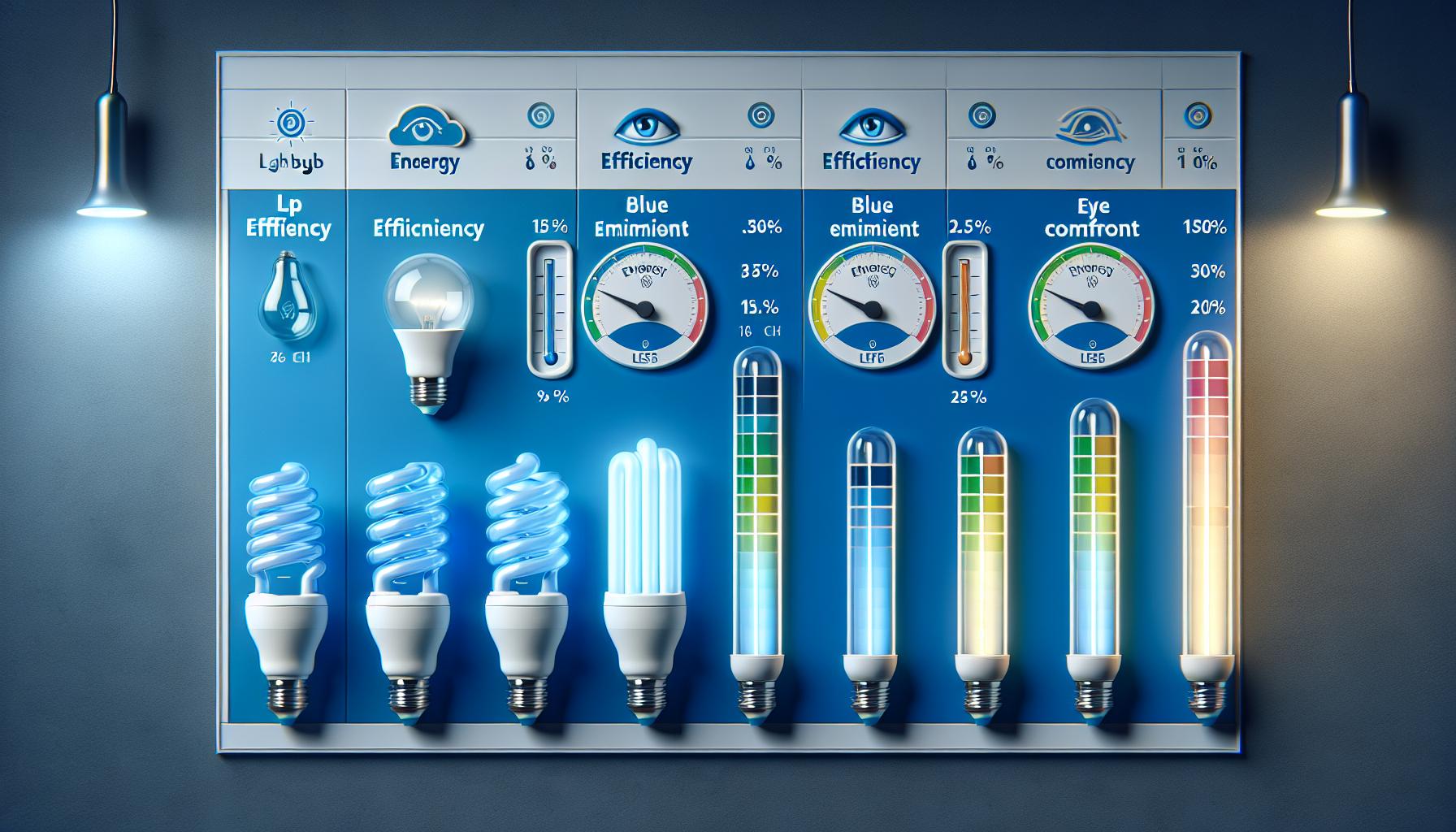
When you’re knee-deep in your next home DIY project, the type of lighting you choose isn’t just about ambiance—it’s about your well-being. Considering the array of options on the market, it’s key to understand how different light bulbs affect your eye health.
Incandescent bulbs, the old-school staple for warm, inviting light, emit full-spectrum light closer to sunlight but are less energy-efficient. While they’re gentle on the eyes, their use fizzles in the face of ecological concerns.
Switching gears, you’ve got LED bulbs. They’re the powerhouse of efficiency and longevity, which is why they’re snagging the spotlight in homes nationwide. But watch out—LEDs emit significant blue light. That’s the stuff that can mess with your sleep and strain those peepers after long hours of basking in its glow.
Lurking in the background are CFL bulbs (compact fluorescent lamps). These coiled wonders save energy, but like LEDs, they release a higher amount of blue light, which can lead to the same risks and discomfort. Comparatively, they also might take a sec to warm up to full brightness, leaving you momentarily in the dim.
In an ideal world, halogen bulbs could be the middle ground. Brighter and more efficient than incandescent but lacking the high blue light emission of LEDs and CFLs. However, they’re hotter than that summer BBQ and can pose a burn risk if you’re not careful.
You might also encounter full-spectrum light bulbs, touted to simulate natural daylight, promising a solution to those dreary indoor vibes. Think less about the winter blues and more about feeling the sun’s embrace. But be cautious—while good for combating Seasonal Affective Disorder (SAD), the verdict is still out on their long-term impact on eye health.
| Bulb Type | Energy Efficiency | Blue Light Emission | Eye Comfort |
|---|---|---|---|
| Incandescent | Low | Low | High |
| LED | High | High | Moderate |
| CFL | Moderate | High | Moderate |
| Halogen | Moderate | Moderate | High |
| Full-Spectrum | Moderate | Varies |
How to protect your eyes from light bulb damage

When you’re eyeing that perfect ambiance for your living room or setting up a focused workspace, it’s not just about the aesthetic. Your eye health is on the line, and as a lighting aficionado with a knack for DIY projects, you know that safeguarding those peepers is a priority. Here’s how to level up your lighting situation without compromising your sight.
First off, let’s talk about dimmer switches. Installing them isn’t just about versatility in mood lighting; it gives you control over the intensity of light in your space. That means when you’re winding down for the night or simply need a softer glow, you’ve got the power at your fingertips.
Next, consider the role of task-specific lighting. If you’re a detail-oriented person, a well-positioned desk lamp or reading light can make all the difference. It concentrates the brightness where you need it most, reducing the strain on your eyes from general overhead lighting.
Remember that rule you swear by: “Location, location, location!” This applies to lighting too. Strategic placement of lamps can minimize troublesome glares and reflections. It helps if you can place lights beside or behind you while focusing on tasks that require your full visual attention.
Here are a few quick tips to keep your bulbs from being a literal pain in the eye:
- Opt for lampshades or diffusers to scatter light evenly and reduce harshness.
- Take breaks to rest your eyes when working for long periods under artificial lighting.
- Adjust your computer monitor’s brightness to align with the surrounding light levels to avoid eye strain.
Let’s dive into the specific specs you should be looking out for when selecting bulbs:
| Bulb Type | Ideal Wattage | Color Temperature (Kelvin) |
|---|---|---|
| Incandescent | 40-60 Watts | 2700K-3000K |
| LED | 6-8 Watts | 2700K-3000K |
| CFL | 8-13 Watts | 2700K-3000K |
| Halogen | 29-43 Watts | 2900K-3000K |
| Full-Spectrum | Not Specified | 5000K-6500K |
Conclusion
So there you have it! Taking care of your eyes doesn’t have to be a chore. With a few simple adjustments to your lighting, you can significantly reduce the risk of eye strain and discomfort. Remember to choose your bulbs wisely, set the right ambiance for your activities, and give your eyes the break they deserve. By being mindful of the light around you, you’ll not only protect your vision but also create a more comfortable and inviting space. Stay bright-eyed and at ease, knowing you’re doing the best for your eye health.
Frequently Asked Questions
What types of light bulbs are mentioned in the article?
The article discusses various types of light bulbs, focusing on their effects on eye health.
How can light bulbs damage the eyes?
Prolonged exposure to certain types of light bulbs can strain and damage the eyes due to harsh lighting or inappropriate brightness.
What are some tips to protect eyes from light bulb damage?
To protect your eyes, use dimmer switches, task-specific lighting, strategic lamp placement, lampshades or diffusers, take regular breaks, and adjust your computer monitor’s brightness.
What should be considered when selecting light bulbs for eye health?
Consider the bulb’s wattage and color temperature, as they are critical for ensuring the light is comfortable and safe for your eyes.

